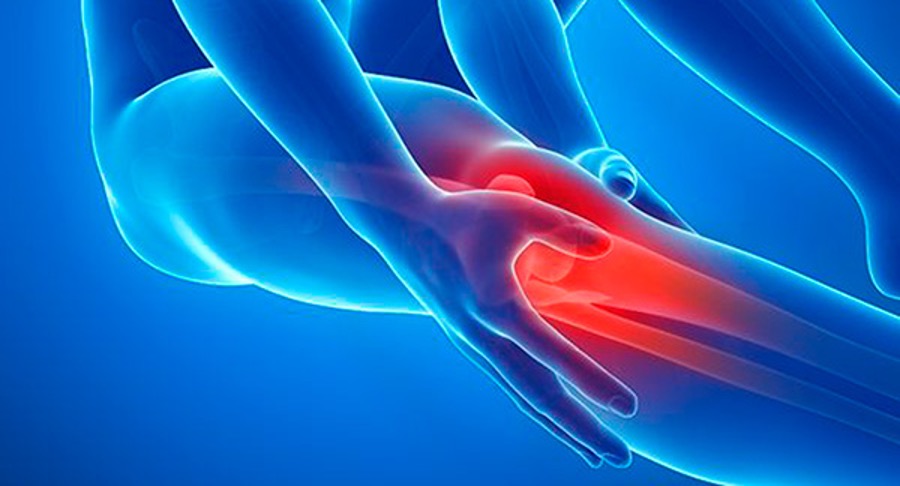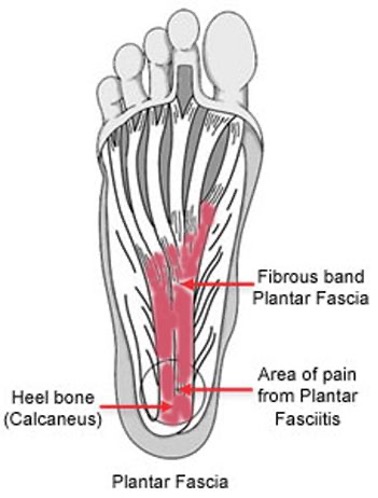Carpal tunnel syndrome is a common condition, usually caused by repetitive movements in the wrist. You may associate it most with office workers who do a lot of typing, but there are a number of jobs and activities that can make you more susceptible. So, what exactly is carpal tunnel syndrome, and what can you do about it?
What is carpal tunnel syndrome?
The carpal tunnel is a narrow passageway in the wrist that allows several tendons and the median nerve to join the palm. Repetitive wrist motions can cause the tendons to become inflamed, or swollen, which puts pressure on the median nerve.
The result is pain in the wrist or hand, as well as tingling, burning, itching or numbness in the hand and fingers.
If left untreated over time, the median nerve can become severely damaged, leading to lasting numbness or weakness, so if you experience any of these symptoms it’s important to get them checked out.
Who is at risk of getting carpal tunnel syndrome?
Office workers who are required to do a lot of typing, causing them to regularly flex, extend and rotate their wrists, are at greater risk of getting carpal tunnel syndrome. However, any job that involves repetitive movements of the wrist can cause the same issue to occur. If you use vibrating tools or work on an assembly line where you are repeating movements again and again, you could have an increased chance of getting carpal tunnel syndrome. Similarly, activities that involve any repetitive motions of the wrist, such as racket sports or even knitting, can cause this painful syndrome.
The condition is more common in women, and most often occurs between the ages of 45 and 64, although it can strike at any time.
Obesity, certain inflammatory conditions (such as rheumatoid arthritis) and fluid retention (common in pregnancy and menopause) also increase your chances. So what treatment options are available?
Treatment options
Medication may be prescribed by a doctor to reduce the inflammation, and ibuprofen may reduce pain in the short-term. In severe cases, surgery may be required. However, here at Next Generation Physiotherapy we will do whatever we can to help you before the need for surgery arises.
We can offer you lifestyle advice on how you might be able to reduce the likelihood of the issue recurring and suggest equipment that could protect your wrist if there are activities that seem to be causing the problem (such as an ergonomic mouse or keyboard).
We can also help you with exercises to reduce the pressure on the nerve and strengthen the wrist. If you do end up requiring surgery, we will work with you during your recovery period, helping you to regain strength and motion in your wrist and hand.
Side note: Poor posture can also contribute to carpal tunnel syndrome, so a physiotherapist may help you to improve the way you sit or stand for long periods of time (you just sat up straight didn’t you…????)
How can you reduce the impact of carpal tunnel syndrome?
There are a few steps you can take to help prevent carpal tunnel syndrome, or to alleviate the symptoms:
- If your job involves repetitive wrist movements, make sure you take regular breaks and alternate tasks if possible, in order to reduce the strain on your wrist.
- Use a relaxed grip and a low level of force (for example to hit keys on a keyboard) if possible.
- Keep your keyboard at elbow height or slightly lower and choose a mouse that doesn’t strain your wrist.
- An ice pack can help to reduce inflammation and relieve pain in the short term.
There are also certain exercises that you can do to help look after your wrist. Here are a couple of examples.
- Wrist bend
Rest your elbow on a table with your arm pointing straight up. Gently bend your wrist forward at a right angle and hold for 5 seconds. Then bend your wrist backward and hold for 5 seconds. Repeat 10 times.
- Wrist flex
Hold your arm out straight in front of you, palm down, and bend your wrist down. Use your other hand to press the stretching hand towards your body and hold for 15 – 20 seconds. Then bend the stretching hand in the other direction and use the other hand to pull your fingers back. Hold for 15 – 20 seconds. Repeat 5 times.
Depending on your situation and symptoms, a physiotherapist will be able to recommend specific exercises to suit your particular needs. If you’re experiencing symptoms of carpal tunnel syndrome, give us a call on (08) 9203 7771, send us an email at info@ngp.net.au or book an appointment and we will do our best to help relieve your pain and get you feeling stronger as soon as we can. Now that’s something we can hi-5 to!




